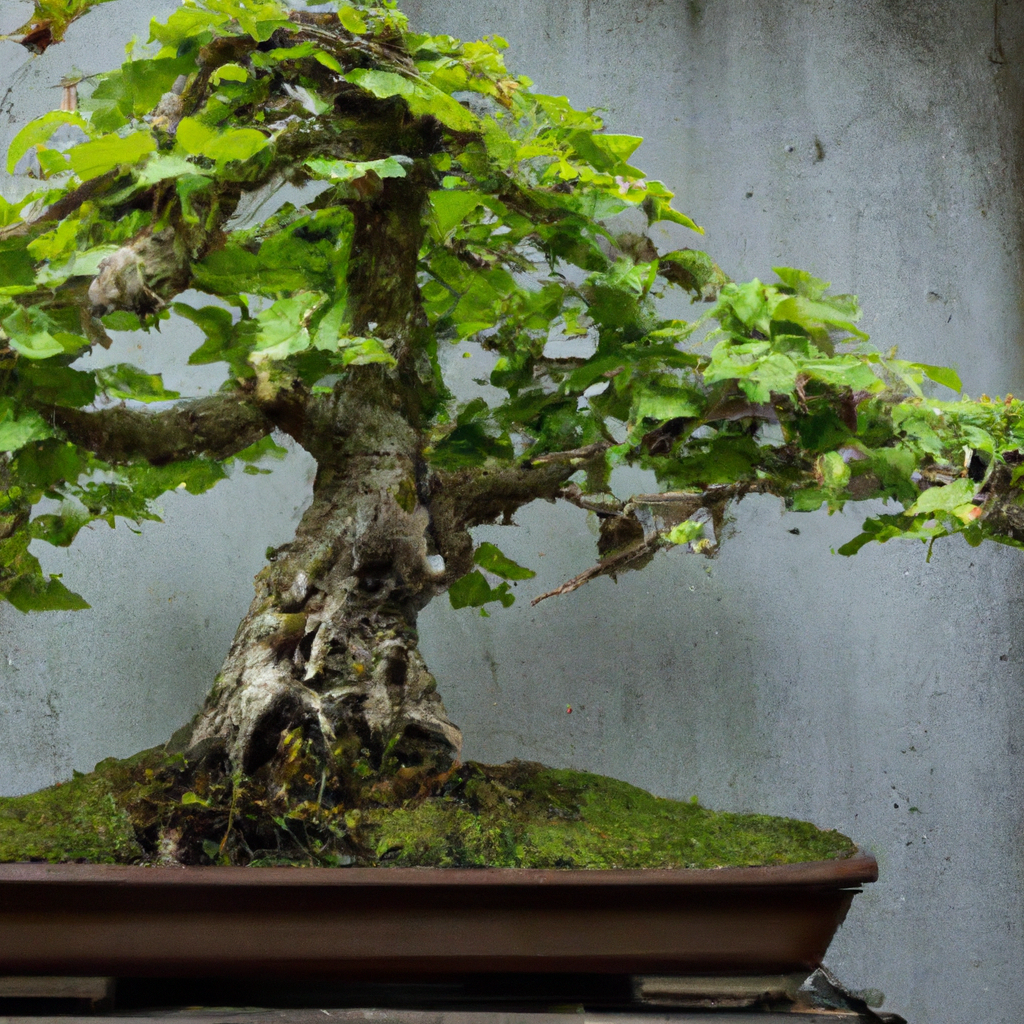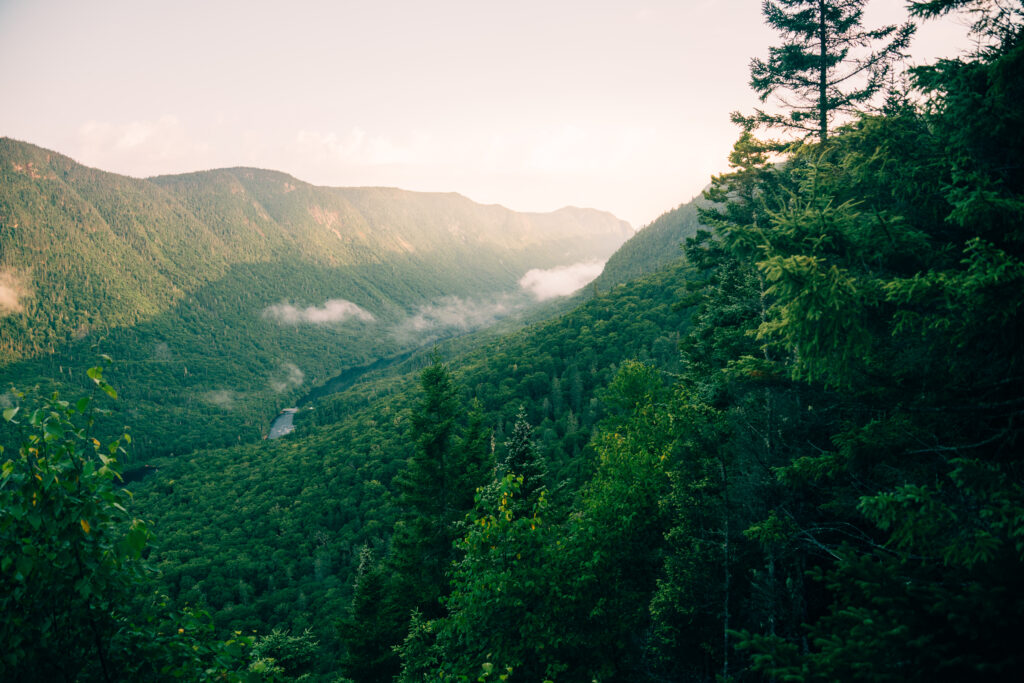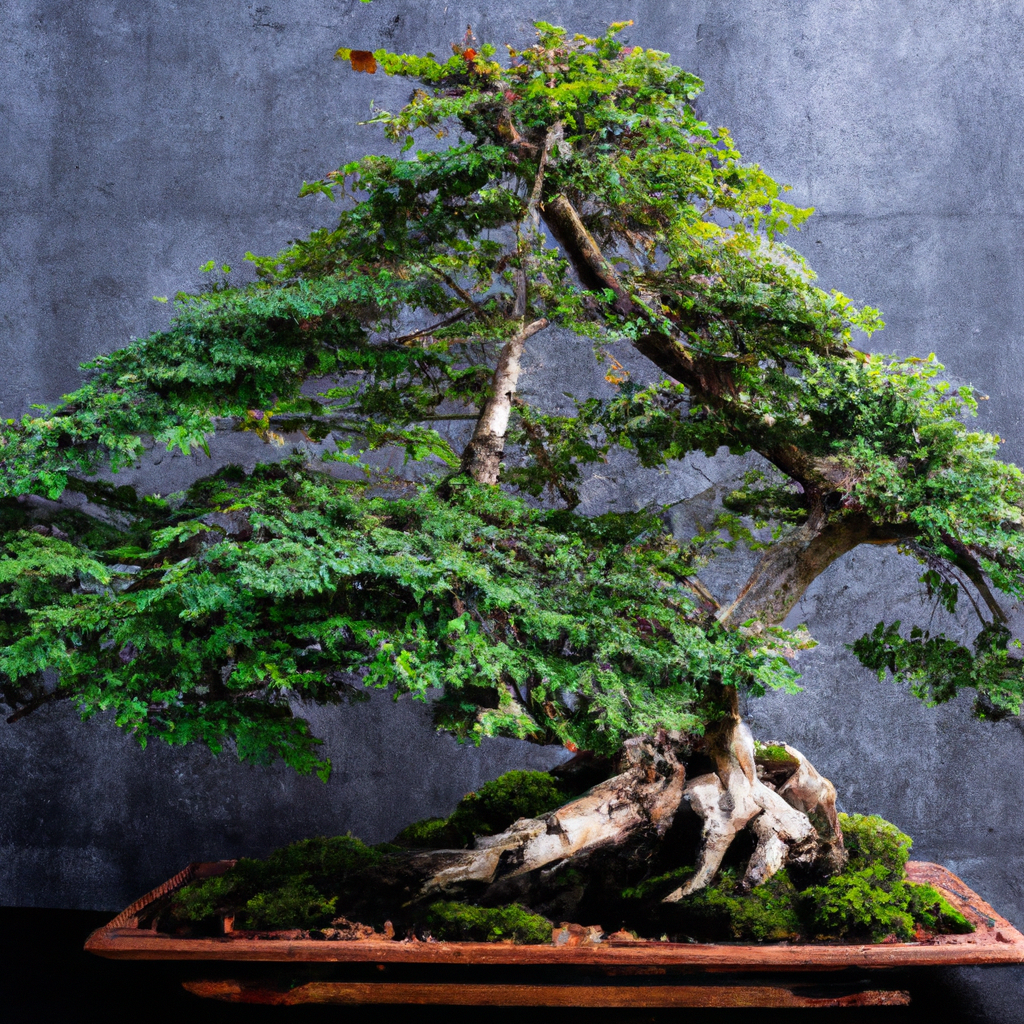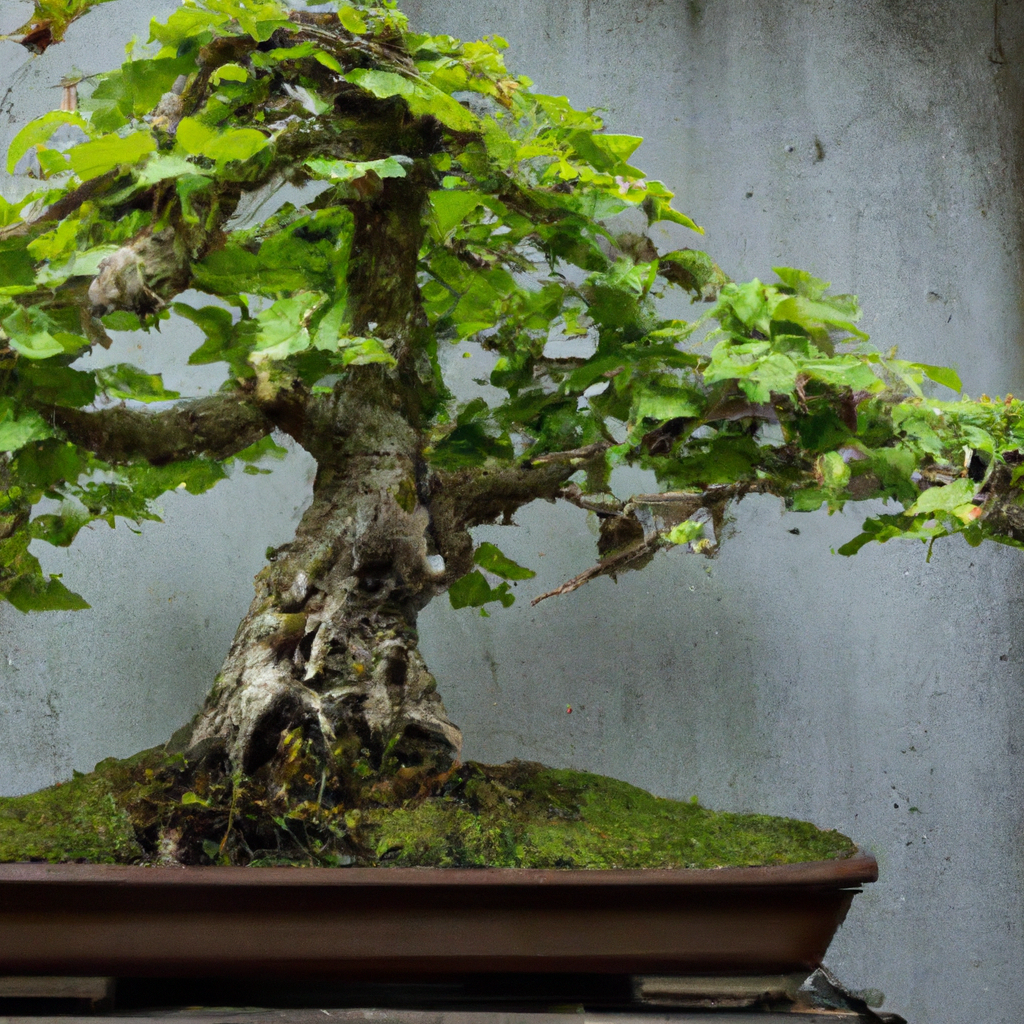
Imagine stepping into a world where nature flourishes on a miniature scale, where tiny trees carefully mimic the awe-inspiring beauty of grand forests. This is the captivating realm of forest bonsai, where artistry and horticulture intertwine to create living masterpieces. In this article, you will discover the enchanting process of cultivating forest bonsai and learn how to create your very own miniature ecosystems. Get ready to embark on a journey of creativity and tranquility as you explore the remarkable world of forest bonsai.

What is Forest Bonsai?
Forest Bonsai, also known as forest-style Bonsai or group planting, is a unique and captivating form of Bonsai cultivation that aims to recreate the natural beauty and serenity of a forest within a small-scale setting. Instead of focusing on just one tree, Forest Bonsai involves planting and carefully arranging multiple trees, creating a harmonious and visually stunning miniature ecosystem.
Understanding the concept
The concept behind Forest Bonsai is to replicate the beauty and tranquility of a forest in a confined space. By carefully selecting and arranging different tree species, Forest Bonsai cultivators are able to create a sense of depth and dynamics within their miniature forest. The aim is to evoke the feeling of being surrounded by nature, allowing you to experience the peacefulness of a forest within the comfort of your own home or garden.
Origins of Forest Bonsai
Forest Bonsai has its roots in ancient Chinese and Japanese cultures, where the art of Bonsai has been practiced for centuries. Aesthetics and harmony with nature have always played a significant role in both Chinese and Japanese traditions, and Forest Bonsai is a natural extension of these values. Over time, Forest Bonsai has evolved and developed its own unique styles and techniques, reflecting the cultural and artistic nuances of different regions.
Benefits of Forest Bonsai
Aside from the aesthetic appeal and the sense of tranquility that Forest Bonsai brings, there are also numerous benefits to practicing this art form. Firstly, the process of carefully selecting and arranging trees in a forest-style composition encourages a deeper understanding of plant species and their growth habits. Additionally, the ongoing maintenance and care required for Forest Bonsai can be a meditative and therapeutic experience. The act of pruning, shaping, and nurturing the trees allows for a deeper connection with nature and creates a sense of harmony and balance in your daily life.
Selecting the Right Plants
Choosing suitable tree species
Selecting suitable tree species is essential for creating a successful Forest Bonsai composition. It is important to choose trees that are conducive to the size and design you have envisioned. Some popular tree species for Forest Bonsai include Japanese maples, pines, junipers, and azaleas. These species offer a range of colors, textures, and growth patterns that can enhance the visual appeal of your miniature forest.
Considering growth habits
When selecting tree species for your Forest Bonsai, it is important to consider their growth habits. Some trees grow more vertically, while others have a more spreading habit. Selecting a mix of different growth habits will add diversity and depth to your forest composition. Additionally, consider the rate of growth of each species to ensure that they will remain in proportion to one another as they mature.
Understanding light and water requirements
Each tree species has its own specific light and water requirements. It is crucial to understand these requirements in order to provide the appropriate care for your Forest Bonsai. Some trees prefer full sun, while others thrive in partial shade. Similarly, the watering needs vary depending on the species. Properly positioning your miniature forest in relation to natural light sources and designing an efficient watering system is key to maintaining the health and vitality of your Forest Bonsai.
Design and Layout
Creating a natural forest setting
The design and layout of your Forest Bonsai play a vital role in achieving a natural forest setting. Consider the composition and arrangement of the trees to mimic the organic patterns found in nature. Place taller and larger trees towards the back, gradually tapering down to smaller and shorter trees towards the front. This creates a sense of depth and perspective, replicating the layered effect of a real forest.
Arranging trees and plants harmoniously
Harmony is essential when arranging the trees and plants in your Forest Bonsai. Consider factors such as leaf shapes, colors, textures, and the overall visual balance of the composition. Aim for a balanced distribution of foliage and negative space to create a visually pleasing and harmonious arrangement. Experiment with different placements and angles until you achieve a composition that feels natural and visually captivating.
Using stones and other accents
To further enhance the natural aesthetic of your Forest Bonsai, incorporating stones and other accents can be a great addition. Use stones to create pathways or highlight certain areas of the composition. Consider adding moss, small shrubs, or ground covers to simulate the forest floor. These additional elements add depth, texture, and detail to your miniature ecosystem, making it more lifelike and visually appealing.
Containers and Potting
Selecting appropriate containers
Choosing the right container for your Forest Bonsai is crucial for both aesthetic and practical reasons. Opt for shallow containers with adequate drainage holes to promote healthy root development. Additionally, the shape, color, and material of the container should complement the overall design and style of your Forest Bonsai. Traditional ceramic pots or wooden trays are popular choices for Forest Bonsai, as they add an authentic and natural touch to the composition.
Ensuring proper drainage
Proper drainage is essential for the health and well-being of your Forest Bonsai. Without adequate drainage, excess water can accumulate, leading to root rot and other fungal diseases. To ensure proper drainage, place a layer of coarse gravel or bonsai soil at the bottom of the pot before adding the soil mixture. This layer will help facilitate the drainage of excess water, preventing waterlogged soil conditions.
Potting techniques and considerations
When potting your Forest Bonsai, it is important to use the appropriate soil mixture. Bonsai soil should be well-draining and provide a good balance of moisture retention and aeration. The soil mixture should consist of small particles, such as Akadama, pumice, and lava rock. Additionally, proper root pruning and spreading techniques should be employed during the potting process to ensure healthy root development and encourage the desired root spread for a harmonious and balanced composition.

Pruning and Shaping
Understanding bonsai pruning principles
Pruning is a fundamental aspect of maintaining the health and aesthetics of your Forest Bonsai. Understanding the principles of bonsai pruning is crucial to guide your pruning decisions. Regular pruning helps to maintain the desired shape and silhouette of the trees, remove unwanted branches, and ensure adequate airflow and light penetration throughout the composition. It is important to study the growth patterns and characteristics of each tree species to ensure proper and informed pruning practices.
Developing a desired forest silhouette
When shaping your Forest Bonsai, aim for a balanced and natural-looking forest silhouette. Consider the overall shape and structure of the trees, as well as their relationship to one another within the composition. Avoid symmetrical or unnatural shapes, and instead, strive for asymmetry and variability to evoke the organic and dynamic essence of a real forest. Regular shaping and refinement are essential to maintain the desired aesthetics and to encourage healthy growth.
Maintaining tree health and aesthetics
Pruning not only helps maintain the aesthetics of your Forest Bonsai but also promotes tree health and vitality. Regular removal of dead, diseased, or crossing branches allows for better airflow and reduces the risk of pests and diseases. Additionally, pruning can help redirect growth and encourage the development of desirable characteristics, such as taper, ramification, and the correct distribution of foliage. Regular observation and thoughtful pruning practices are critical for the long-term well-being of your Forest Bonsai.
Watering and Fertilizing
Optimal watering practices
Proper watering is crucial for the health and growth of your Forest Bonsai. The watering frequency and amount will vary depending on factors such as tree species, pot size, and environmental conditions. It is important to develop a watering routine that provides the right amount of moisture without overwatering. Check the moisture levels in the soil regularly by sticking your finger into the soil or using a moisture meter. Water thoroughly when the soil feels slightly dry but avoid letting the soil completely dry out between waterings.
Choosing the right fertilizer
Fertilizing your Forest Bonsai is essential to provide the necessary nutrients for healthy growth and to maintain its vibrant appearance. Choose a balanced, slow-release bonsai fertilizer that provides a good mix of macro and micronutrients. Nitrogen-rich fertilizers are beneficial for promoting foliage growth, while phosphorus and potassium-rich fertilizers support root and overall plant health. Follow the manufacturer’s instructions for proper dosage and frequency of fertilization.
Frequency and techniques for application
The frequency and application techniques of fertilizers for your Forest Bonsai will depend on factors such as the tree species, time of year, and the specific fertilizer you are using. Generally, fertilizers should be applied during the growing season, typically from spring to early autumn. The frequency of application can vary from every few weeks to once a month, depending on the specific needs of your trees. Avoid overfertilization, as this can lead to nutrient burn or excessive growth.

Protection and Environmental Factors
Protecting against pests and diseases
Pests and diseases can pose a threat to the health and well-being of your Forest Bonsai. Regularly inspect your trees for signs of pests, such as aphids, spider mites, or scale insects. Make use of organic pest control methods, such as insecticidal soaps or neem oil, to treat infestations. Additionally, ensure a clean and sanitary environment by removing fallen leaves and debris, as these can harbor pests and diseases. Regular monitoring and swift action are key to preventing and mitigating potential issues.
Managing temperature and humidity
Temperature and humidity levels play a crucial role in the health and growth of your Forest Bonsai. Most tree species used in Forest Bonsai thrive in moderate temperature ranges. Ensure that your miniature forest is placed in a location with adequate temperature control, avoiding extreme temperature fluctuations. Additionally, maintaining appropriate humidity levels is important, especially during dry periods or in indoor settings. Consider using a humidity tray or a humidifier to increase humidity levels as needed.
Seasonal considerations and care
Forest Bonsai requires seasonal care to ensure optimal growth and health throughout the year. During the dormant winter months, most trees will benefit from a period of dormancy, during which watering and fertilization should be reduced. In spring, as the trees begin to awaken from their dormant state, gradually increase watering and fertilization to support new growth. During the hot summer months, pay close attention to watering requirements and protect your Forest Bonsai from excessive heat and sun exposure.
Repotting and Root Maintenance
Determining when to repot
Repotting is an essential aspect of Forest Bonsai care and is necessary to refresh the soil, prevent root congestion, and maintain the health of your trees. The timing for repotting varies depending on factors such as tree species, age, and root growth. As a general guideline, most trees will require repotting every 1-3 years. Signs that your Forest Bonsai may need repotting include slow growth, root congestion, or roots protruding from the drainage holes. Monitor the health and growth of your trees to determine the appropriate time for repotting.
Root pruning techniques
Root pruning is an important step during the repotting process and is crucial for maintaining healthy root systems in your Forest Bonsai. Carefully remove the tree from its container and gently untangle the roots. Prune any circling or overly long roots to encourage a radial root spread. This will promote healthy root development and prevent the formation of root-bound conditions. When repotting, ensure that the roots are properly spread and oriented within the new container to promote balanced growth.
Maintaining healthy root systems
After repotting, it is important to provide proper care to ensure the healthy development of the root system in your Forest Bonsai. Water the tree thoroughly after repotting to settle the soil and eliminate any air pockets around the roots. Place your Forest Bonsai in a shaded area for a few weeks to allow the roots to recover and establish themselves before exposing them to direct sunlight. Regular monitoring and care, such as proper watering and fertilizing, will contribute to the long-term health and vitality of your Forest Bonsai.

Forest Bonsai Styling Techniques
Cascade style
The cascade style is one of the popular styling techniques used in Forest Bonsai. This style mimics the natural growth habit of a tree cascading down the side of a mountain or cliff. By positioning a taller tree at the top of the composition and allowing its branches to gracefully cascade downwards, a sense of drama and movement is created. Oftentimes, accentuating stones and flowing water elements are incorporated to enhance the visual impact of the cascade style Forest Bonsai.
Group planting
Group planting, as the name suggests, involves planting multiple trees together in a close arrangement, creating a cohesive and harmonious composition. By carefully selecting tree species that complement one another in terms of foliage, color, and growth habit, a visually striking and dynamic miniature forest can be created. Group planting also allows for a sense of companionship and interaction between the trees, further enhancing the natural aesthetics of your Forest Bonsai.
Multi-trunk style
The multi-trunk style is another popular technique used in Forest Bonsai to create a visually interesting and natural-looking composition. This style involves planting multiple trees with multiple trunks close together. By carefully arranging the trunks in a harmonious and balanced manner, a sense of age, maturity, and resilience is evoked. The multi-trunk style allows for a greater sense of depth and dimension, resembling a natural grove or copse of trees found in a forest setting.
Long-term Forest Bonsai Care
Nurturing long-term growth and health
Nurturing the long-term growth and health of your Forest Bonsai requires ongoing care and attention. Regular observation and monitoring of your trees are essential to spot any potential issues and make necessary adjustments. Ensure that your trees are provided with the appropriate light, water, and nutrients they need to thrive. Continue to refine and shape your composition over time, adapting to the changing needs and growth patterns of your Forest Bonsai.
Continual shaping and refinement
The shaping and refinement of your Forest Bonsai should be an ongoing process. As the trees grow and develop, their shape and structure may need adjustment to maintain the desired aesthetic appeal. Regular pruning, wiring, and branch placement are key components of this process. Continual shaping and refinement not only enhance the visual appeal of your Forest Bonsai but also contribute to the overall health and vigor of the trees.
Managing tree relationships within the forest
As the trees in your Forest Bonsai continue to grow, their relationships within the composition may need attention. Some trees may outgrow their counterparts, causing an imbalance in the design. Regularly assess the balance and proportion of your Forest Bonsai and make necessary adjustments through pruning or repositioning of trees. This will ensure that each tree has adequate space to thrive while maintaining the visual harmony and cohesion of your miniature forest.
In conclusion, Forest Bonsai is a captivating and rewarding art form that allows you to create miniature ecosystems and replicate the beauty of a forest within a confined space. By carefully selecting and arranging tree species, understanding their growth habits, and providing the proper care and maintenance, you can create a visually stunning and harmonious Forest Bonsai. The ongoing care and attention required for Forest Bonsai offer an opportunity for personal connection and a deeper appreciation of nature. So, dive into the world of Forest Bonsai and discover the joy and tranquility of creating your own miniature forest.
